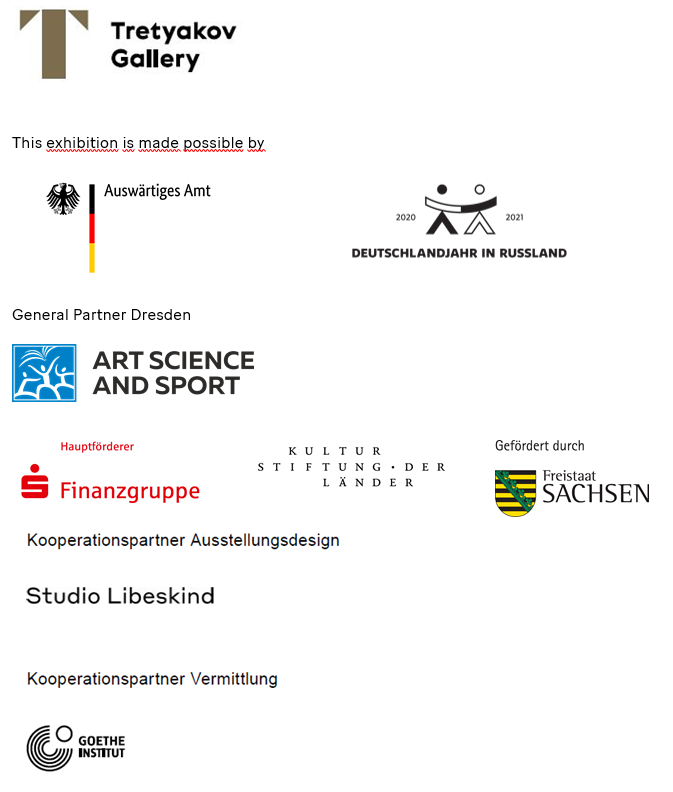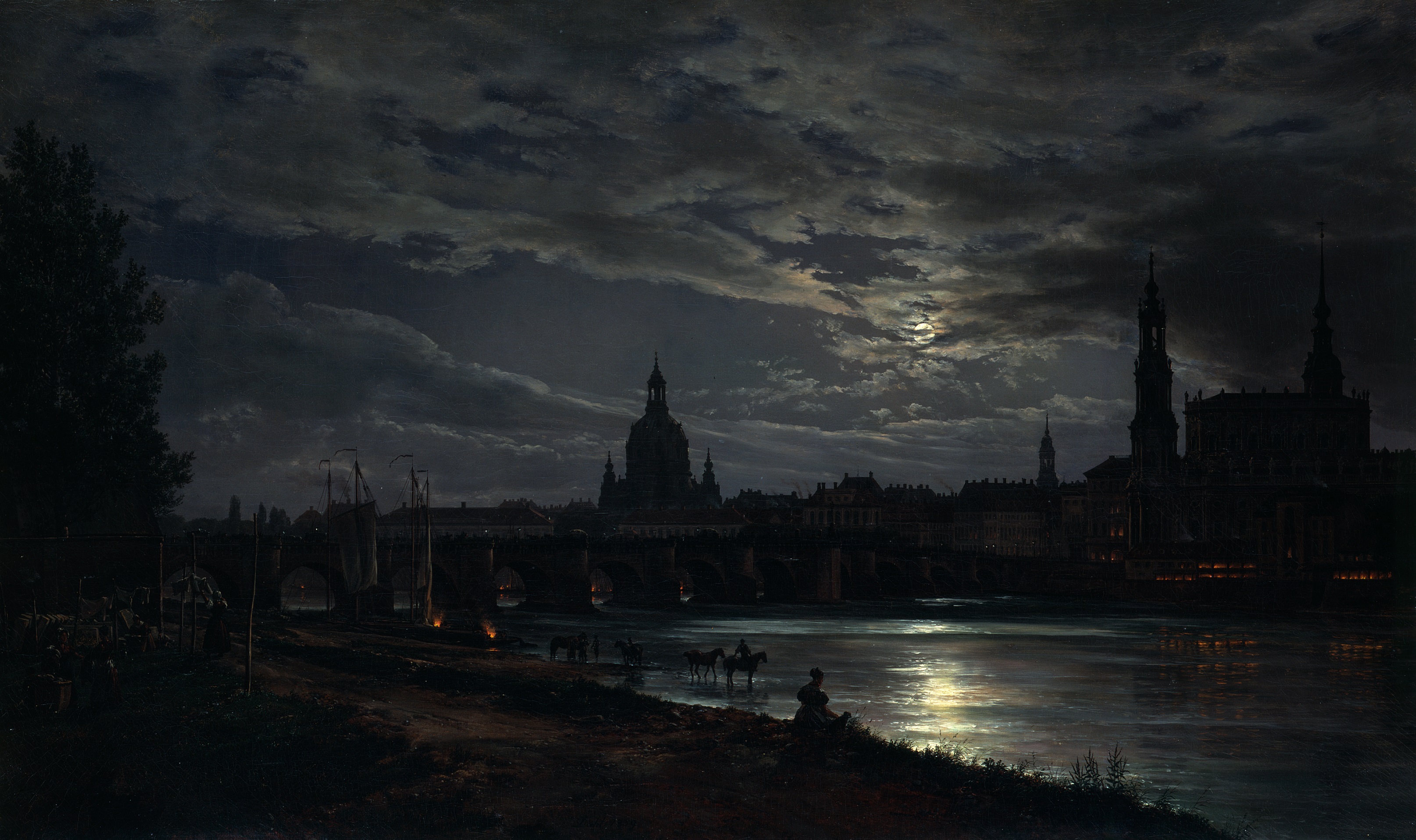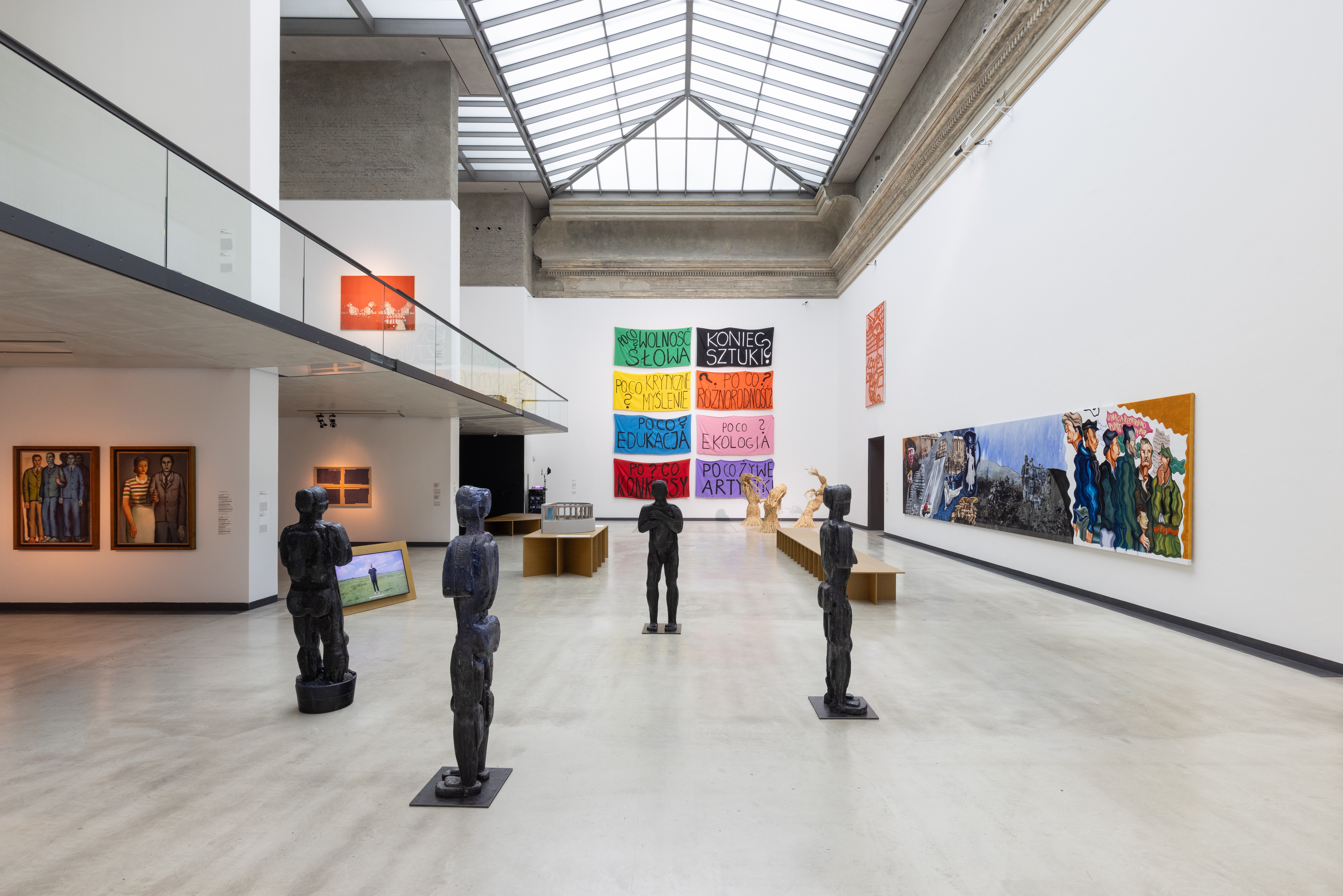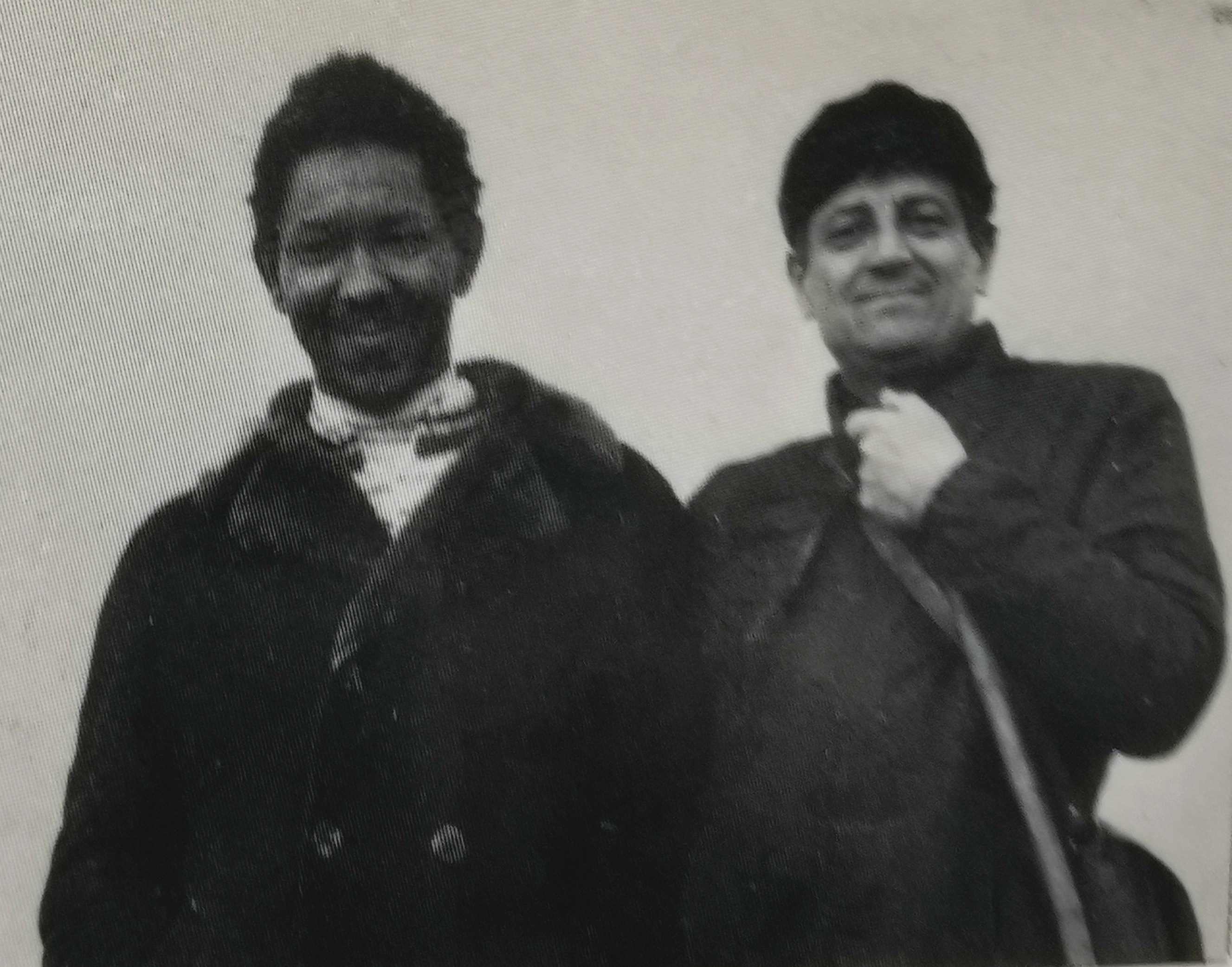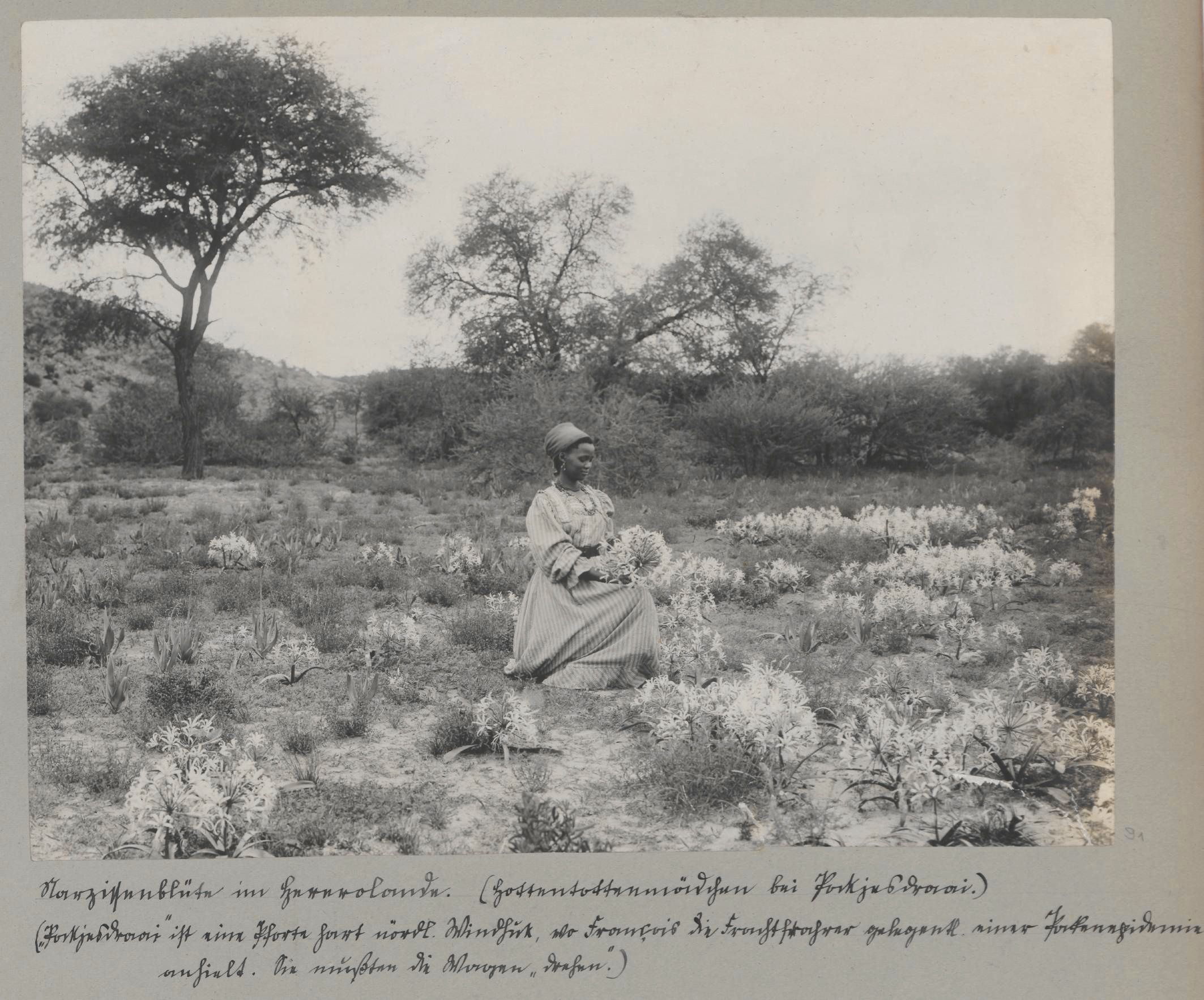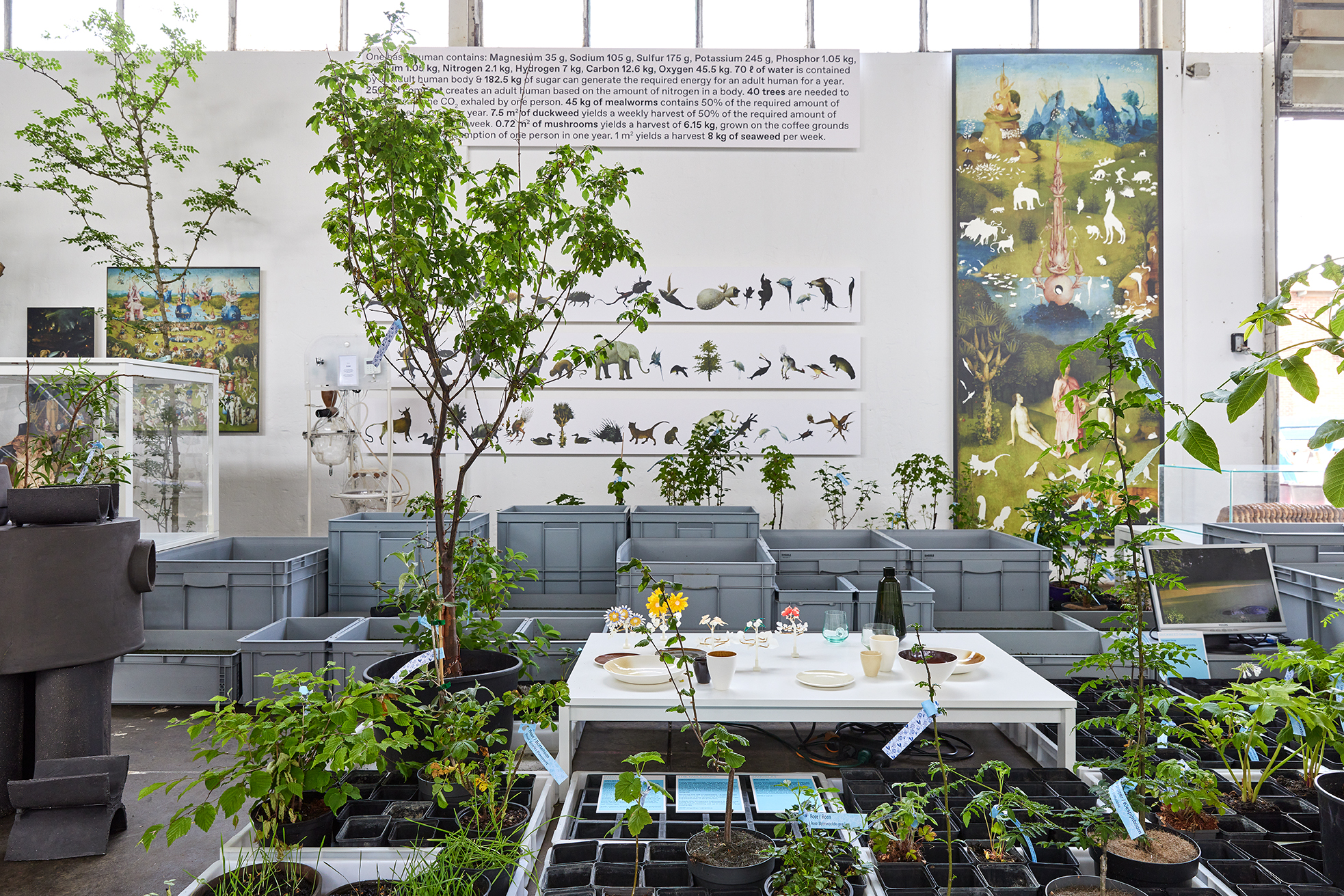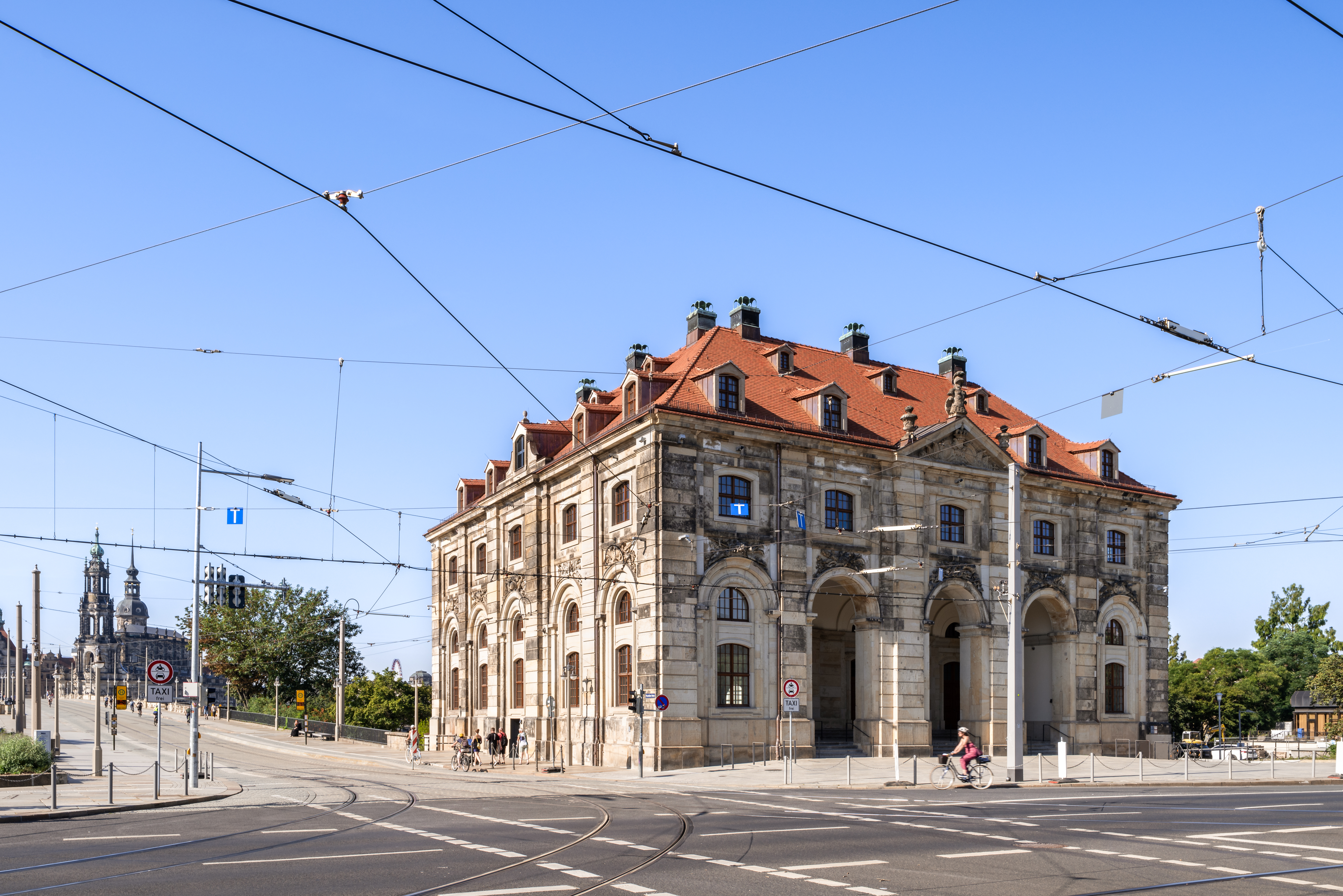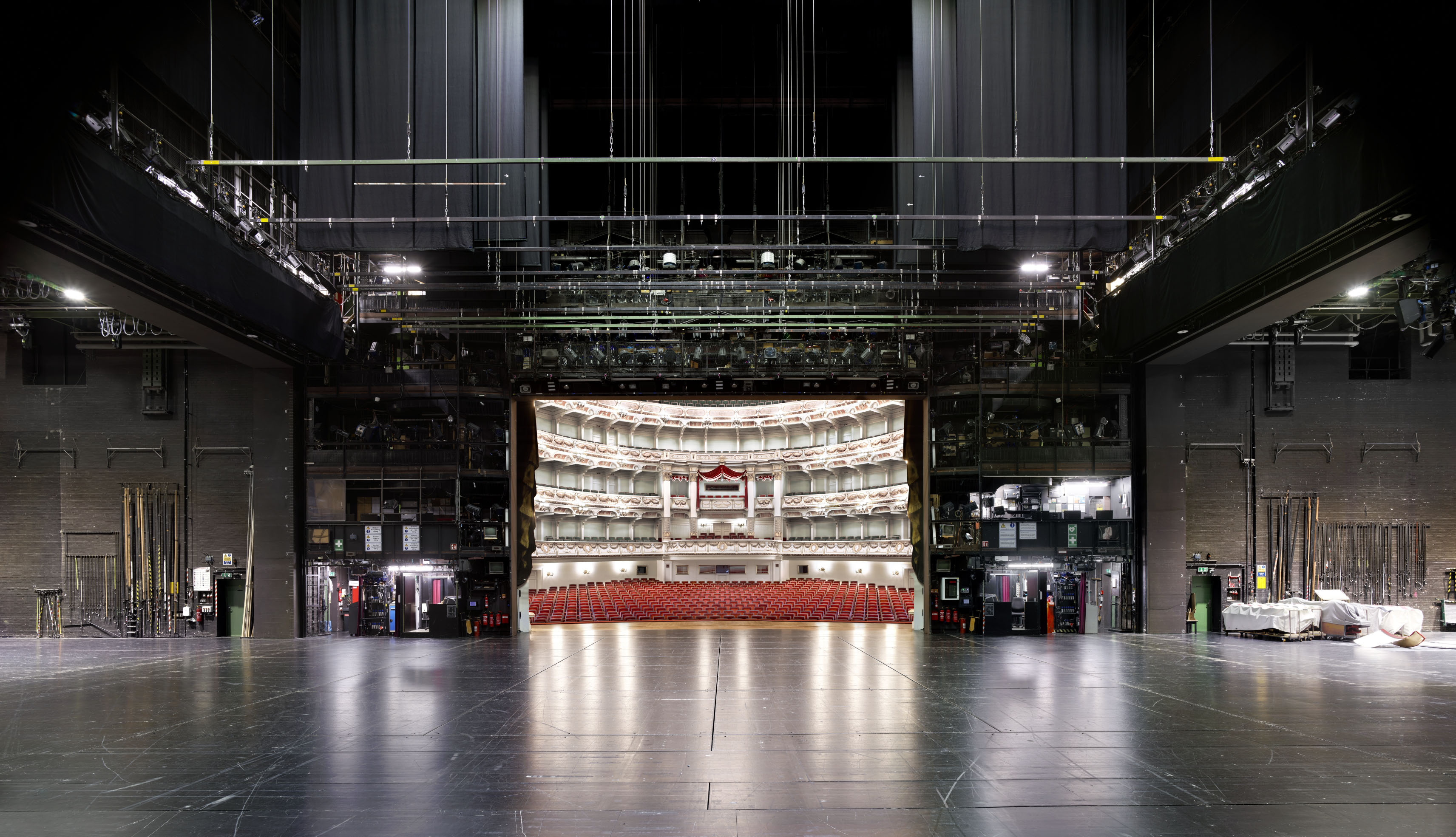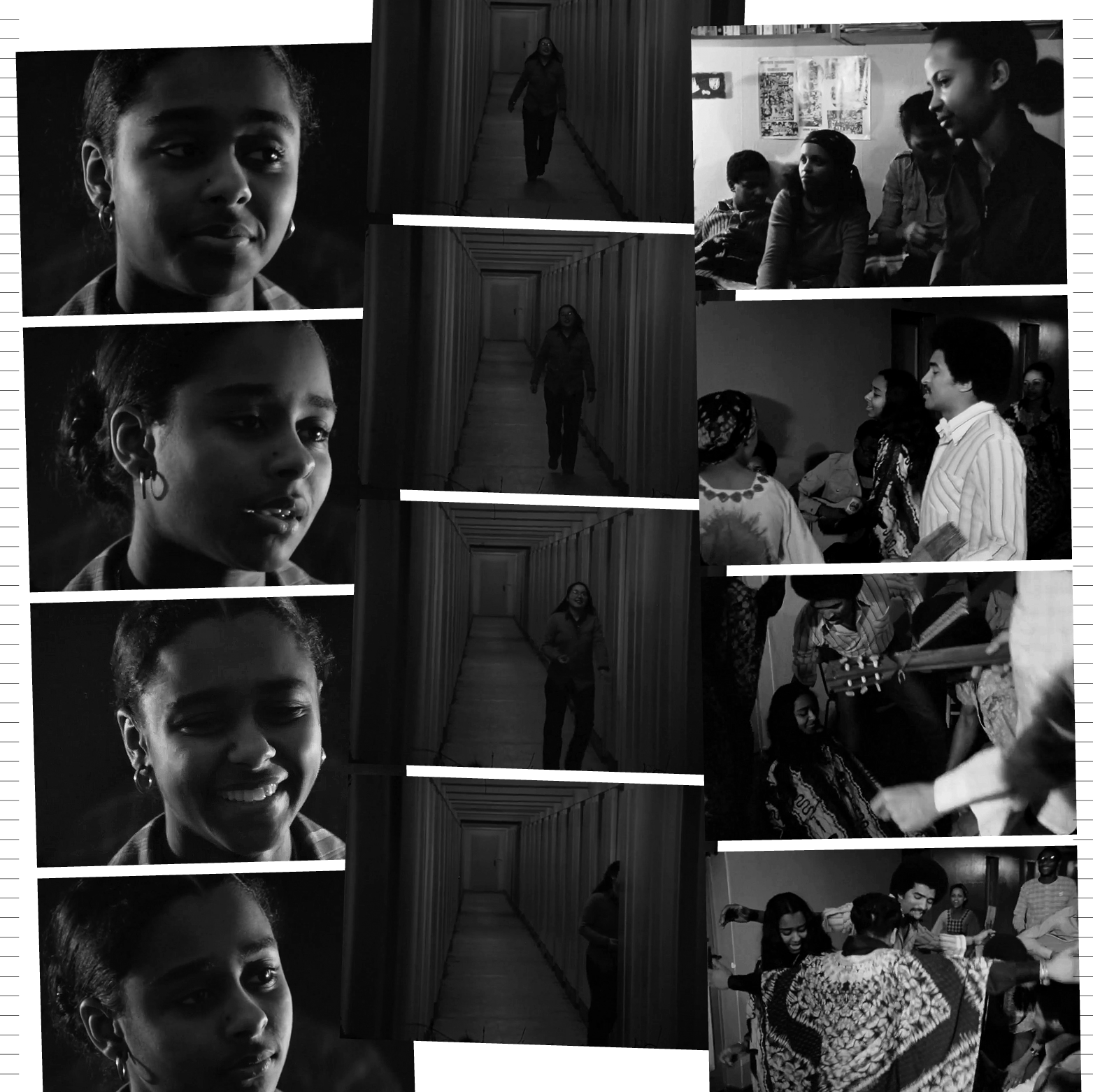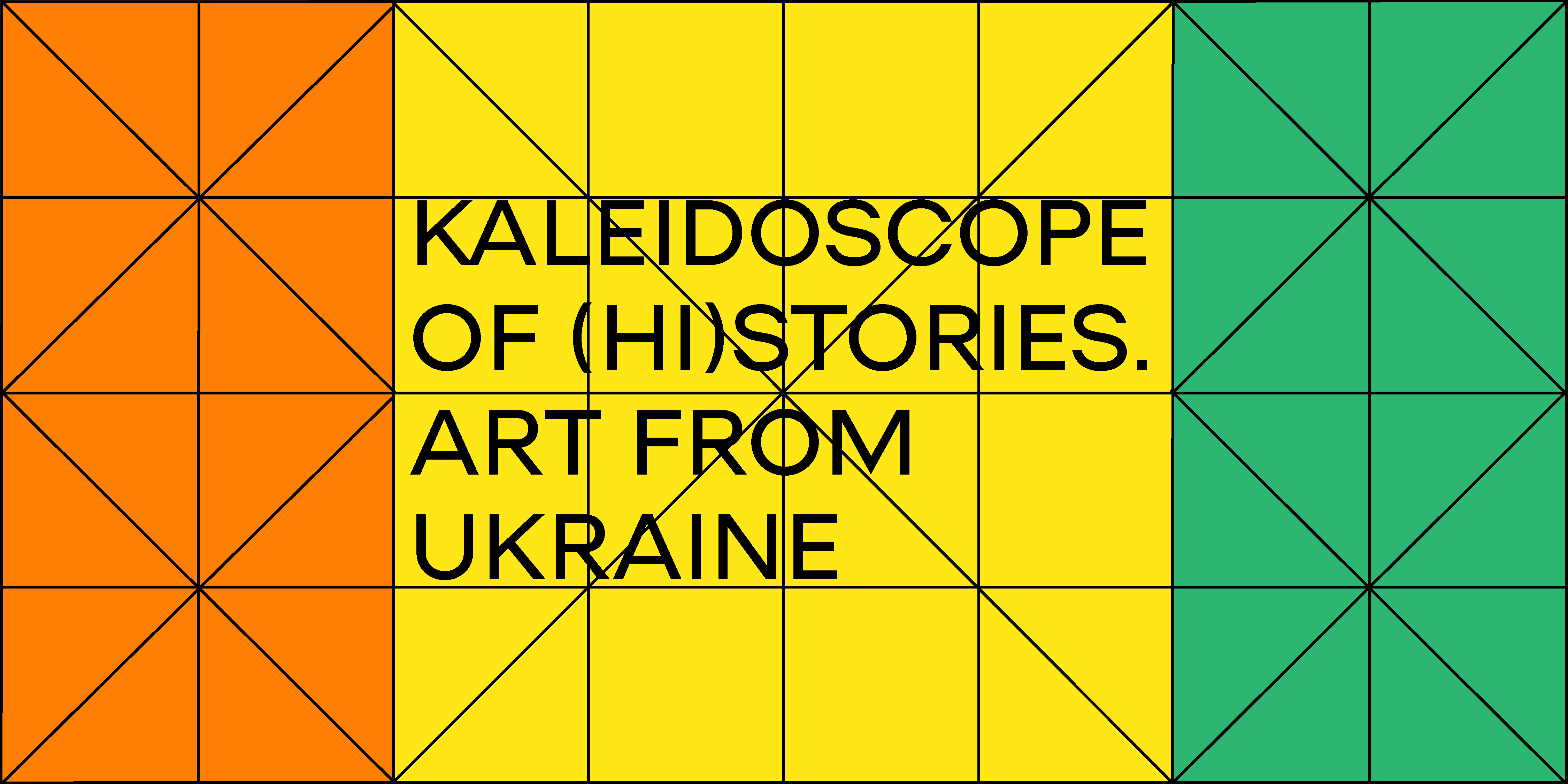Romanticism in Russia and Germany
October 2, 2021–February 6, 2022
Dresden 01067
Germany
Following the great success of the exhibition at the State Tretyakov Gallery in Moscow, the show will make a second stop at Dresden’s Albertinum beginning in October.
In close collaboration between the two institutions, Romantic masterpieces from the collections are now being presented together for the first time, making visible a hitherto overlooked bridge in Europe. The focus is on Caspar David Friedrich, Aleksei Venetsianov, Carl Gustav Carus, and Alexander Ivanov, the leading Romantic artists in Russia and Germany. Their work addresses themes like night landscapes, the longing for Italy, religion, and the freedom of art.
The starting point for the presentation marks the crisis of the subject at the beginning of the 19th century and the associated struggle for freedom. The ideas of the French Revolution were spreading throughout all of Europe; at the same time Napoleon Bonaparte engulfed the continent with war. The conservative governments in Russia and the German states aimed to restrict civil rights. The artists of the Romantic period countered this time of upheaval with an artistic cosmos dominated by emotions and revolutionary potential. Their dreams of freedom combine artistic individualism with social utopias.
The exhibition presents over 140 paintings of the Romantic period from Russia and Germany. A total of 70 paintings come as loans from Russian museums, including the State Tretyakov Gallery Moscow, the State Hermitage Museum in St. Petersburg, the Russian Museum Saint Petersburg, and the Pushkin State Museum of Fine Arts Moscow. A further focus lies on works from German museums, such as the Old National Gallery Berlin, the Hamburg Kunsthalle, or the Novalis-Museum in Oberwiederstedt. Additionally, selected objects are also on view: a conducting baton belonging to Carl Maria von Weber, one of the most important Romantic composers, or Napoleon Bonaparte’s boots, which he likely wore during the Russian campaign in 1812. New focal points are set in the Dresden presentation with the war diary of the poet Theodor Körner or Ludwig Richter’s diary chronicling his journey to France in 1820. One of the special features of the second station is its direct proximity to the collection of Romantic works in the Albertinum itself, which includes important masterpieces by Friedrich, such as “The Cross in the Mountains (Tetschen Alter),” “The Great Enclosure,” and “The Cemetery Entrance,” all of which are part of the permanent display.
Works by international contemporary artists demonstrate the continued impact of Romanticism and its associated: the question of the subject; a self-determined, free life; and security in one’s adopted home, but also the power of emancipatory struggle and the threat of war. In their works, the artists Susan Philipsz, Mathilde ter Heijne, Wolfgang Tillmans, Jaan Toomik, Andrey Kuzkin, and Boris Mikhailov make both aesthetic as well as thematic references to the Romantic period.
The US-American architect Daniel Libeskind is responsible for the labyrinthine structure of the exhibition design. With its floor plan consisting of two intertwined lines, it offers a sequence of spaces that, with its brokenness, provides sensory access to the artists’ spiritual world.
